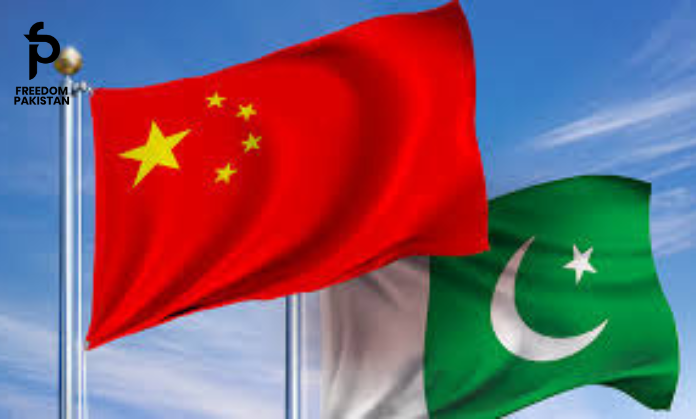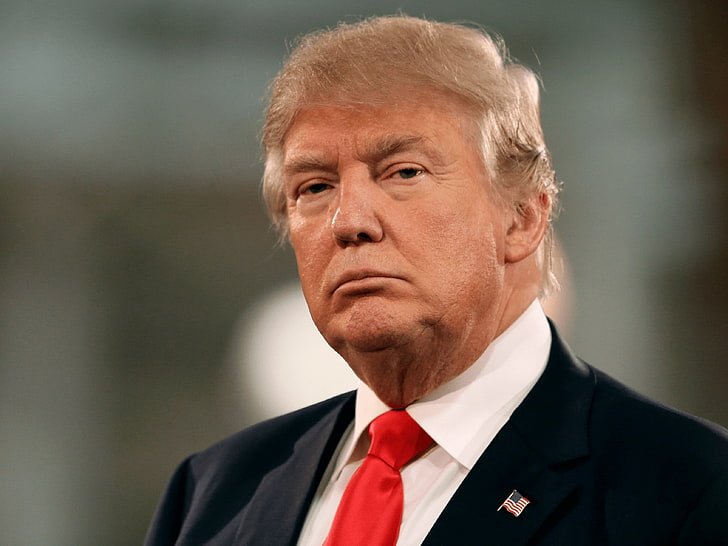Pakistan is seeking a $3.3 billion loan from its long-standing ally, China, to help stabilize its struggling economy. This loan request comes at a critical juncture for the country, which has been grappling with rising inflation, a devaluing currency, and dwindling foreign exchange reserves. The loan is seen as an important step in boosting economic resilience and ensuring short‑term stability.
Background of the Loan Request to China
The request for this $3.3 billion loan is part of Pakistan’s ongoing efforts to secure external financing to support its economic recovery. The government aims to use these funds to manage external debts, stabilize the currency, and maintain the necessary import cover. At a time when global financial conditions remain challenging, this loan from China is vital for restoring confidence in the Pakistani market.
Purpose of the Loan
The loan will primarily be used for debt servicing and to shore up Pakistan’s dwindling foreign exchange reserves. Additionally, it will help maintain liquidity in the country’s financial system and support its efforts to achieve economic recovery. This financing is also expected to aid in strengthening the rupee, controlling rising import costs, and providing much‑needed breathing space for the national economy.
Current State of Pakistan’s Economy
Pakistan is grappling with record‑high inflation, rising interest rates, and dwindling forex reserves, making it challenging to manage its debts and support economic growth. The pandemic, global recession, and rising commodity prices have compounded the situation, making external financing increasingly vital. Without this loan, the government could struggle to maintain economic stability.
Pakistan’s Current Foreign Exchange Reserves:
As of June 2025, Pakistan’s foreign reserves stand at roughly $8.5–9 billion, just enough to cover about two months of imports. This has put pressure on the currency and the economy.
Significance of the Pakistan–China Relationship
China has long been a vital economic and strategic partner for Pakistan. The loan request reflects this strong bilateral relationship and the mutual benefits it brings. The ongoing collaboration through the China–Pakistan Economic Corridor (CPEC) has already deepened economic ties, making this loan an extension of the ongoing economic partnership.
Terms and Expectations of the Loan
While negotiations continue, the loan is expected to come with favorable terms, including manageable interest rates and a realistic repayment timeline. The Pakistani authorities are hopeful that this financing agreement will be formalized soon, providing the stability required to implement long‑term economic reforms.
Impact on Pakistani Citizens and Business
If granted, the loan will help create economic stability in the short term. For ordinary citizens, it could mean slower depreciation of the rupee, stable commodity prices, and improved economic confidence. For businesses, it would support the import of raw materials, mitigate production delays, and enable long‑term planning.
Criticisms and Challenges
While the loan is a necessary lifeline, it is not without controversy. Critics worry about the rising external debts and the possibility of falling into a “debt trap” that could complicate future economic negotiations. Others argue that relying too heavily on external financing may limit Pakistan’s sovereignty over its economic decisions.
Government and Experts’ Viewpoints
Pakistani authorities have expressed optimism about obtaining the loan and emphasize its role in strengthening economic stability. Meanwhile, financial experts advise the government to implement necessary reforms to reduce long‑term dependency on external financing and adopt policies that foster sustainable economic growth.
Previous Loans from China:
-
-
Between 2021–2024, Pakistan received approximately $7–9 billion in loans and financial support from China.
-
These loans were primarily aimed at supporting balance of payments and CPEC-related projects.
-
Pakistan’s Debt Profile:
-
-
The total external debt and liabilities of Pakistan are estimated to be roughly $127 billion (as of early 2025).
-
The external financing requirement for the fiscal year 2025–26 is estimated at around $25–27 billion.
-
China’s Role in Pakistan’s Economy:
-
Chinese investments in the CPEC initiative have crossed $25 billion, focusing on energy, infrastructure, and transportation.
-
These investments have created roughly 200,000 jobs across different sectors.
Expected Impact of New Loan:
-
-
Will help stabilize the rupee, which has lost roughly 15–20% of its value against the dollar over the past year.
-
Will also reduce pressure on the current account deficit, allowing room for targeted economic reforms.
-
Pakistan–China Trade Figures:
-
Bilateral trade between the two nations reached roughly $27.5 billion in 2024, making China the largest trading partner for Pakistan.
CPEC Projects Underway:
-
-
Over 30 CPEC projects are active across Pakistan, focusing on transportation, energy, and technology, making this loan request pivotal for continuity.
-
Conclusion
Pakistan’s request for a $3.3 billion loan from China reflects the urgency of its economic situation and the strength of its long‑standing partnership with Beijing. While this loan can provide short‑term relief, it also highlights the pressing need for long‑term economic reforms and sound fiscal policies. The coming months will be critical for determining how this loan will shape the future of Pakistan–China economic relations and the prosperity of Pakistani citizens.
You Can Also Read This
Pakistan Open to Talks with India on All Issues, PM Shehbaz Tells Saudi Crown Prince




